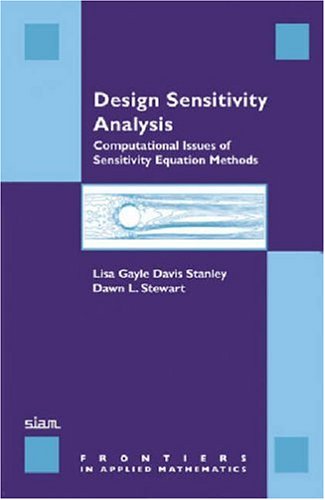

Most ebook files are in PDF format, so you can easily read them using various software such as Foxit Reader or directly on the Google Chrome browser.
Some ebook files are released by publishers in other formats such as .awz, .mobi, .epub, .fb2, etc. You may need to install specific software to read these formats on mobile/PC, such as Calibre.
Please read the tutorial at this link: https://ebookbell.com/faq
We offer FREE conversion to the popular formats you request; however, this may take some time. Therefore, right after payment, please email us, and we will try to provide the service as quickly as possible.
For some exceptional file formats or broken links (if any), please refrain from opening any disputes. Instead, email us first, and we will try to assist within a maximum of 6 hours.
EbookBell Team

0.0
0 reviewsThe authors use basic models to illustrate the computational issues that one might encounter when applying the SEM in a laboratory or research setting, while providing an overview of applications and computational issues regarding sensitivity calculations performed by way of continuous sensitivity equation methods. Here they focus on the construction and analysis of algorithms for computing sensitivities. For readers already acquainted with the concept of a sensitivity equation, the authors include mathematical background for a deeper understanding of their approach. Finally, the book explores the use of SEMs for applications in the area of computational fluid dynamics, demonstrating that the early examples readers encounter in the book can be observed in the context of a more realistic physical setting. Several color figures are included.
Audience This book is intended for advanced undergraduate and graduate students in the areas of numerical analysis, applied and computational mathematics, and for other scientists and engineers interested in modeling, design, control, and optimization of physical systems.
Contents Preface; Chapter 1: Introduction; Chapter 2: Mathematical Framework for Linear Elliptic Problems; Chapter 3: Model Problems; Chapter 4: Computational Algorithms; Chapter 5: Numerical Results; Chapter 6: Mathematical Framework for Navier-Stokes Equations; Chapter 7: Two-Dimensional Flow Problems; Chapter 8: Adaptive Mesh Refinement Strategies; Bibliography; Index